It’s one of the best-selling synthesizers of all time, it’s been used by countless artists and it kind of feels like an expensive toy at times… This KORG MicroKORG review is unique because we’re actually going to be comparing ALL its different models. That’s right! There are actually FOUR different versions of the MicroKORG (excluding special/limited editions). However, there are some distinct differences you are going to need to know about before purchasing.
Never before have we been capable of comparing all the MicroKORGS on one page! This is why I have decided to integrate ALL of them into this ultimate KORG MicroKORG review. In essence, this is a compilation of all the research I did before deciding which MicroKORG would be best for my needs. I hope it proves itself to be valuable in your quest for an affordable portable synthesizer. Let’s get started!
- The MicroKORG timeline
- MicroKORG vs MicroKORG XL/XL+ vs MicroKORG S
- Getting over the MicroKORG’s mini-keys
- Editing presets with the MicroKORG sound editor
- Is the MicroKORG worth the price?
- Which KORG MicroKORG is the best?
The MicroKORG timeline
Not only has the MicroKORG been around for 15+ years, but KORG has also been consistently upgrading it. The MicroKORG S is the latest version featuring some pretty significant upgrades.
To get a better understanding of the evolution of the MicroKORG, let’s take a closer look at each model.
MicroKORG (2002) | Based on the MS-2000 synthesizer, KORG introduced one of the first synthesizers of its kind; the MicroKORG. It quickly began to attract a lot of attention and was even used by artists such as The Killers.
MicroKORG XL (2008) | After 6 years of commercial success, KORG decided to release an upgraded version of the original MicroKORG. The major update was to the synthesizer’s engine, switching over to MMT (Multiple Modeling Technology) like the KORG R3/Radias.
MicroKORG XL+ (2013) | 5 years later, KORG released another model to replace the XL. However, the major update with the MicroKORG XL+ was to its aesthetics. In other words, it is “virtually” identical to its predecessor.
MicroKorg S (2016) | Just when we thought it was over, KORG released another version of the MicroKORG with integrated speakers. The MicroKORG S reverted back to the MS-2000 engine like the original, but provided enhanced usability and features.

So here we are, 17 years later and the MicroKORG is still dominating the market. However, we have much more selection than we did in 2002.
There’s actually some debate pertaining to which type of engine sounds best.
I think it really depends on the sound you’re striving for… The MS-2000 engine sounds “lo-fi” which is probably why most have preferred it.
However, it’s clear that the MMT engine does offer some advantages in terms of performance.
MicroKORG vs MicroKORG XL/XL+ vs MicroKORG S
With FOUR different MicroKORGs on the market, it can be difficult to decide which model to purchase. To make things easier for all of us, I have created a table to compare certain elements that I feel are of importance.
You’ll notice that the MicroKORG S is actually closer to the MicroKORG than it is to the MicroKORG XL/XL+.
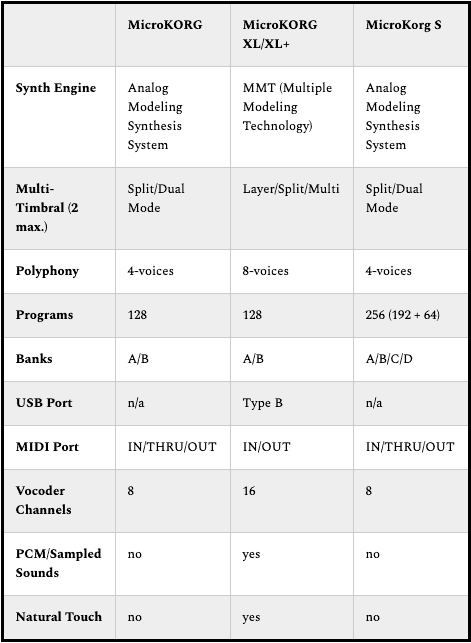
Also, keep in mind that the MicroKORG XL has been discontinued to make way for the XL+. Although I’m sure you could still find them secondhand (for you MicroKORG collectors).
But when it comes to performance, it does seem like the XL/XL+ has the advantage.
The extended polyphony and improved synth engine do seem enticing… But I personally feel like KORG was pushing it too far.
The simplistic charm of the original MicroKORG seemed to have faded away until the release of the MicroKORG S.
If you want to look at things this way; the MicroKORG S is somewhere between the original and the XL/XL+.
Getting over the MicroKORG’s mini-keys
Every MicroKORG is equipped with 37 velocity-sensitive mini-keys, even if they feature the improved “natural touch” keybed. You’ll either love ’em, or you’ll hate ’em…
Throughout the years, the MicroKORG has gotten criticized for its inferior keybed.
But what can we really expect from such a compact synthesizer?
If the keys are really such an issue, I wonder why most haven’t considered making use of the MIDI ports.
It’s really simple… If I’m in the recording studio, I always control my MicroKORG using my M-Audio Hammer 88.
However, I’m grateful to even have a keybed to play on when I’m not home (commuting, hiking, travelling, etc…)
How many synthesizers could YOU take on all your adventures?
The MicroKORG is one-of-a-kind and to be honest, I find the mini-keys to be quite charming.
But if you were expecting something different, I would imagine why you’d be disappointed.
Getting over the MicroKORG’s mini-keys won’t be an issue if you can appreciate it for what it is.
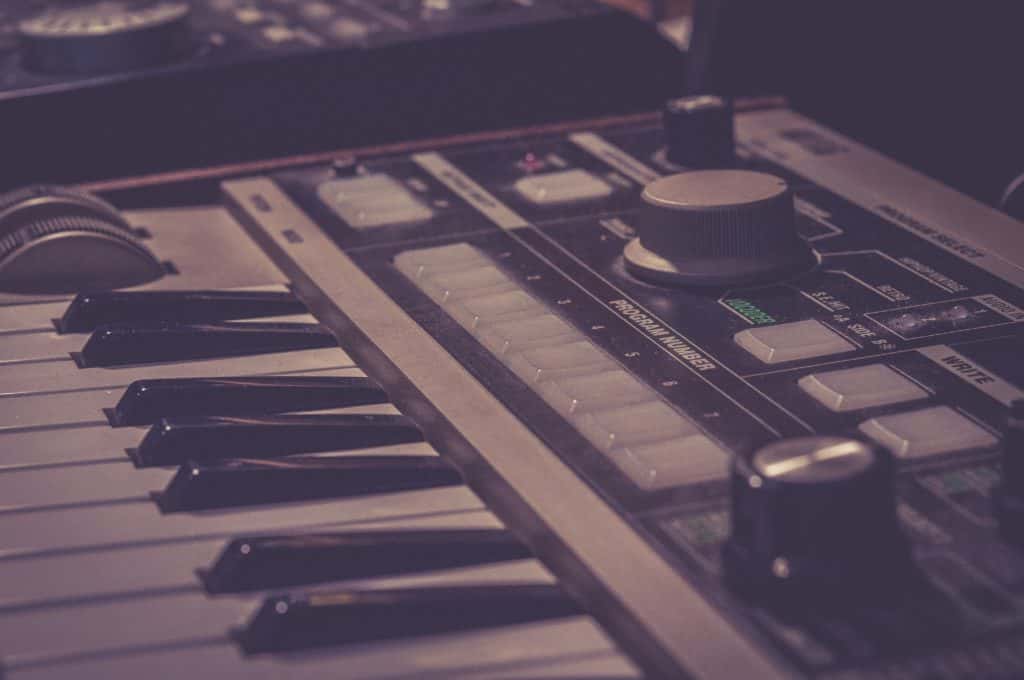
Editing presets with the MicroKORG sound editor
Although editing presets on the MicroKORG can be rather challenging at first, many haven’t considered the alternative. Did you know that KORG has created sound editing software for this very purpose?
There are actually THREE different versions of the software…
Basically, you’ll need to provide yourself with the corresponding version. The software operates via MIDI/USB protocols, so you’ll need the appropriate audio interface as well.
However, I encourage you to make the arrangements because it’ll give you a much better experience.
KORG even includes access to additional programs (640 on the MicroKORG XL+).
When I’m in the recording studio, I always use the sound editor. You can control your MicroKORG in real-time and organize your programs by naming them (although this won’t be reflected on your device’s display).
Once again, there’s no reason to complain about the MicroKORG’s design.
It’s actually been improved upon on the MicroKORG S, so you can edit with ease, even when you’re not connected.
As if the ability to “favourite” up to 8 programs wasn’t enough, KORG has also expanded the memory of their newer model.
You’re basically getting 64 empty-slots to save your own custom programs.
Is the MicroKORG worth the price?
It seems as if the MicroKORG is some sort of a “lifestyle” instrument that fills a need in certain musicians’ life. If you like to get out of the recording studio as much as you can, this is a great device to travel with.
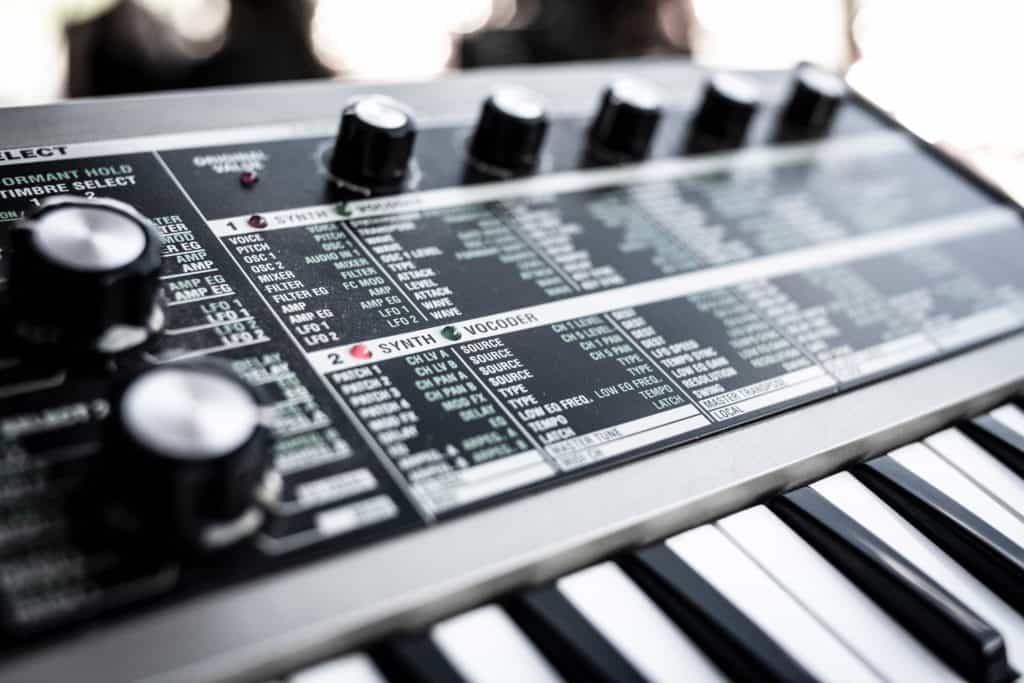
You can create music wherever you go… on public transit, on vacation, in the heart of nature and wherever life takes you.
Pros
- MIDI I/O
- Affordability
- Battery-powered
- MicroKORG Sound Editor Software
- Includes a microphone (XL/XL+ is better)
Cons
- Inferior build-quality
- Limited polyphony (even with 8-voices)
Which KORG MicroKORG is the best?
As you may have noticed, each version of the MicroKORG is somewhat unique in terms of aesthetics. When it comes to performance though, it’s easy to argue that the latest model benefits the most.
For fanatics of the MicroKORG series, collecting each model might be an option.
However, for a musician on a budget who is simply looking for an affordable portable synthesizer… I recommend the MicroKORG S.
For starters, it has TWO built-in speakers which are surprisingly loud AND an additional subwoofer (for 2.1 stereo). You could literally pull-out your MicroKORG anywhere and start performing.
This model is also much easier to use considering the ability to “favourite” up to 8 programs for quick recall.
Since the memory has also been expanded, you’ll also benefit from 64 empty-slots to store your own personal programs.
Although it is true that the MicroKORG XL/XL+ benefit from 8-voice polyphony, I still think you’ll be happier with the S.
There are plenty of hardware/software synthesizers that can do much more than ANY of these MicroKORGs.
So why would you need this toy-like portable synthesizer anyway?
If the answer to that question is not yet clear, then perhaps the KORG MicroKORG is not for you.
The 2nd generation of MicroKORGs, the MicroKORG XL…
My personal favourite, the MicroKORG S…
Which MicroKORG do you think is best? Let us know in the comments and feel free to share any links tracks you’ve made with yours!
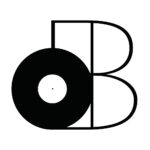

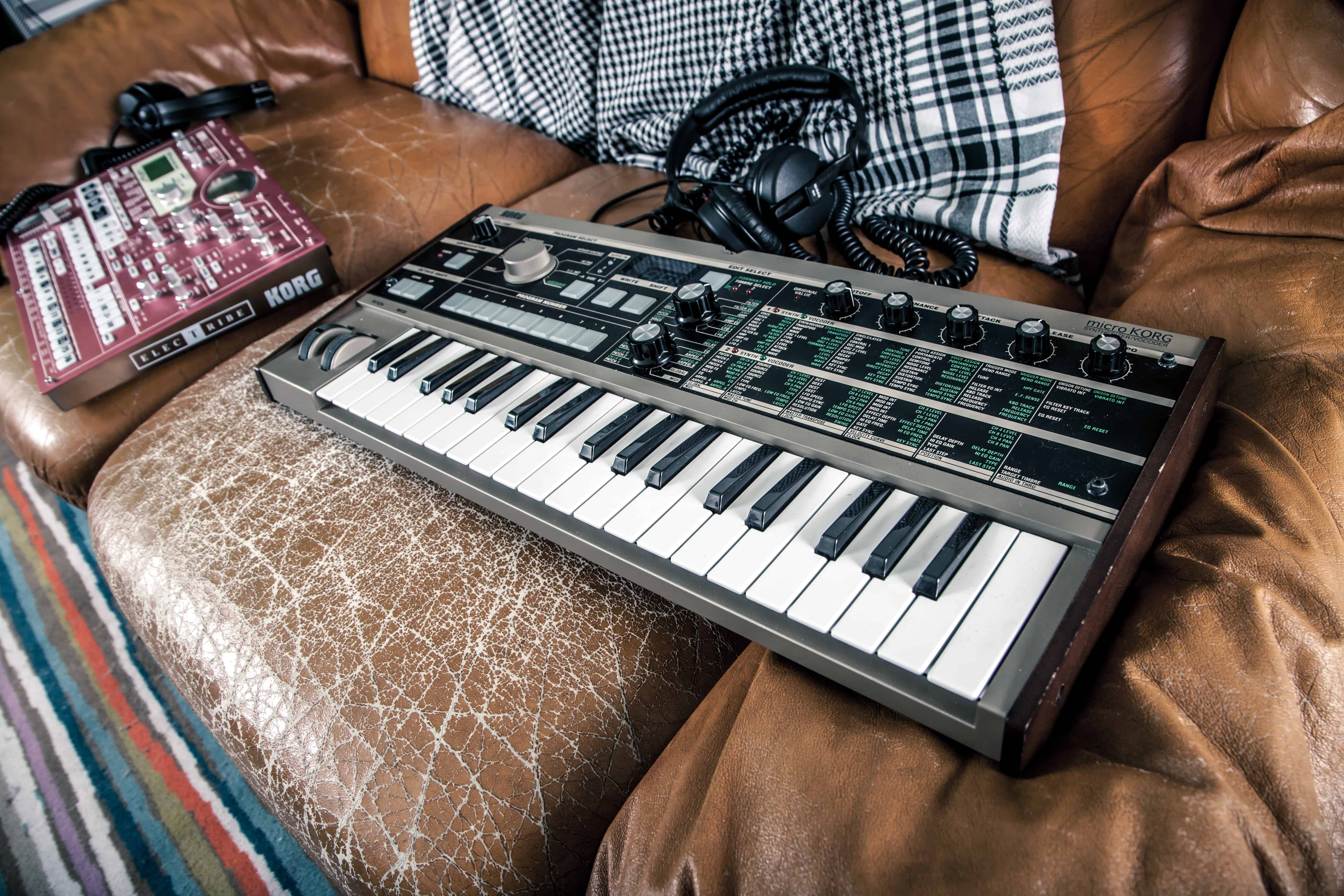
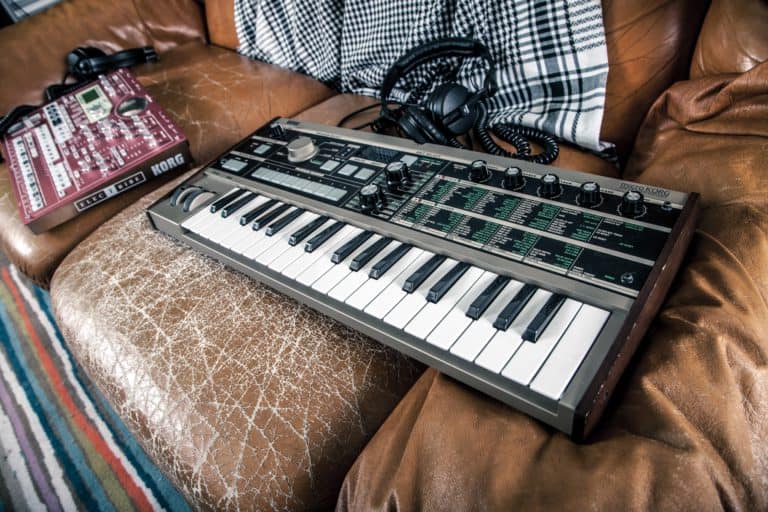
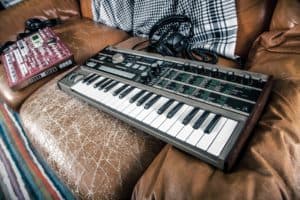


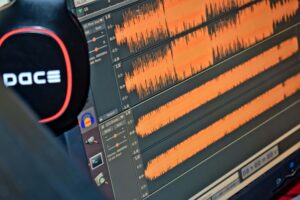

6 thoughts on “KORG MicroKORG Review | Evolution of the Best-Selling Synthesizer”
I think the MS2000 should be in this comparison. If portability isn’t a requirement it’s often the best choice.
Hey, the KORG MS2000 is a great synth! However, the purpose of this article was to compare the different versions of the KORG MicroKORG.
I’ll definitely try to review the MS2000 in the future though.
Thanks for stopping by!
– Stefan
Thank you for your comparisons, I have been looking for a new synthesizer and this helps a lot! I think the MICROKORG S will be the best option for me, since I like to travel and perform at lots of different places. The small keys worry me a little bit I’m sure that with a little practice that shouldn’t be a major issue.
Hey Travis,
My favourite part about the MicroKORG S is its integrated speaker system. It’s really powerful and will allow you to perform anywhere!
The keys do take some getting used to, but you can actually play chords that you wouldn’t normally be capable of with them.
Thanks for dropping by!
– Stefan
I’m thinking of switching from Yamaha brand to either Roland or Korg brand and it happened that I stumbled upon this blog post of yours about MicroKORG. It’s a synthesizer, right? Being an amateur keyboard player in a rock band, I wonder what is the difference between an ordinary keyboard or organ that I’m using (Yamaha PSR model) and a synthesizer? Also, I wonder why is it that compared to what I’m using right now which has 5 octaves, this one from Korg has only 3 octaves?
Hey Gomer!
The MicroKORG is a portable synthesizer. Compared to your typical keyboard, synths usually have a lot more sounds. Often times, they are “made-up” sounds that you could never obtain from an acoustic instrument. Keyboards are usually designed to emulate these acoustic instruments.
If you’re wondering why it has fewer octaves, it has to do with its portability. Synthesizers can have 88-keys, but the MicroKORG has the ability to “shift up/down” octaves at the click of a button.
Hope this answers your questions!
– Stefan